Syzygium Campanulatum, Christina Tree
₹520.00 ₹338.00
Tree with mesmerising orange-red emerging leaves. Easy to care.
Description
Purchase Description
- Syzygium Campanulatum, Christina tree Plant
- Product Material : Natural Plant With Pot , Quantity : 1
- Pot : Height : 5 Inches (13 cm), Pot Colour : Black (Plastic)
- Very easy to maintain and Suitable for gifting to Plant Lovers
Plant Description
Plant height: 14 – 22 inches (35 – 56 cm)
Plant spread: 4 – 8 inches (10 – 21 cm)
Syzygium Campanulatum is a synonym of Syzygium myrtifolium Walp. The leaf shoots are orange-red and they change color to yellow, pale green and then dark green as they mature. The blossoms look like exploding fireworks. The flowers attract many butterflies, honey bees and carpenter bees, wasps and hornets.
The powder-puff flowers with no petals but many very conspicuous filamentous stamens. The leaves give out a mild cinnamon scent when crushed. The fruits look like berries. They ripen from green to dark red and they attract birds.
Common name(s): Wild Cinnamon, Australian Brush-Cherry, Kelat Oil, Kelat Paya, Red Lip
Flower colours: White to pink
Bloom time: summer
Max reachable height: 10 to 20 m
Difficulty to grow: Easy to grow
Planting and care
It is found naturally in swamp forests along the coastal regions. Tolerates partial shade, but exhibits slower growth.
Sunlight: Full sun
Soil: Moist to well-drained soil, Humus enriched and loamy soils.
Water: Moderate
Temperature: 18 to 26 degrees C
Fertilizer: There is no such a need of a fertilizer. If you sure about any deficiency in the soil then apply any organic fertilizer.
Caring for Syzygium Campanulatum
- Regularly prune to bring out the most striking feature, its colorful foliage.
- Provide lots of sunshine and regular watering.
- Take extra care while transplanting.
- Protect from heavy frosts.
Harvesting
NA
Typical uses of Syzygium Campanulatum
Special features: Foliage and flowers
Culinary use: NA
Ornamental use: They are often used as a hedging plant or ornamental tree, also sculptured into topiaries or even made into bonsai.
Medicinal use: NA
Disclaimer: The image is for reference purposes only. The actual product may vary in shape or appearance based on climate, age, height, etc.
Only logged in customers who have purchased this product may leave a review.

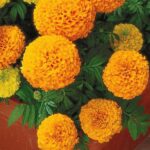

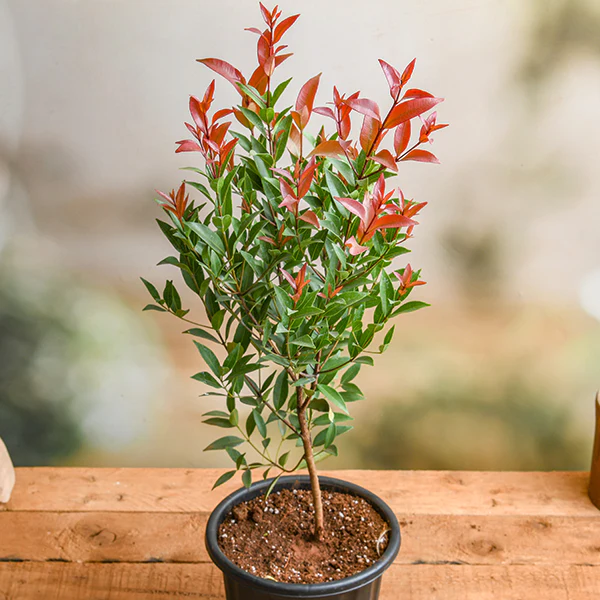
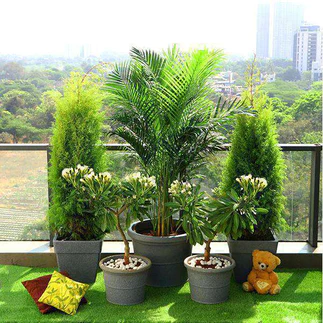
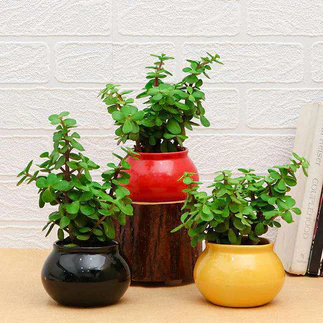
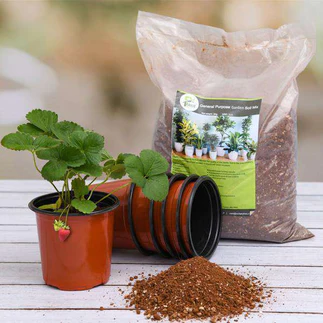
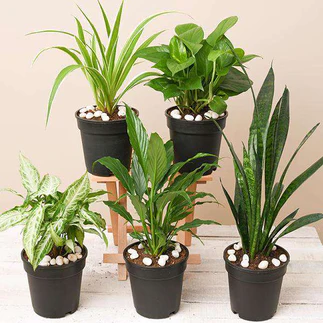
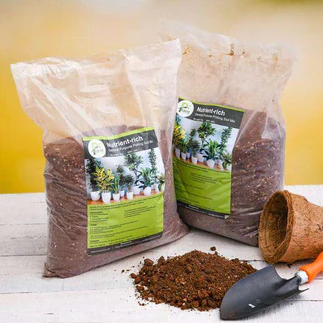
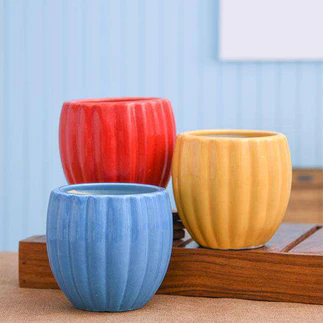
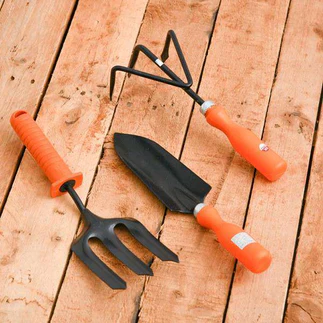
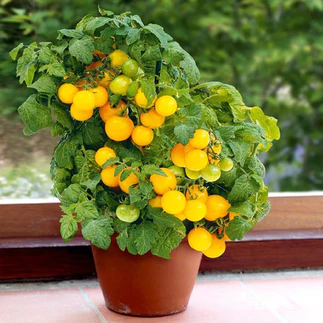
Reviews
There are no reviews yet.